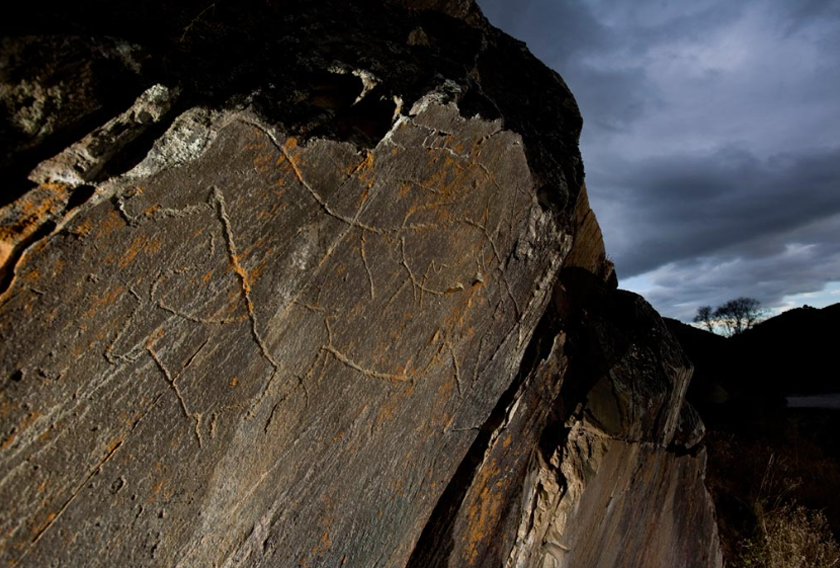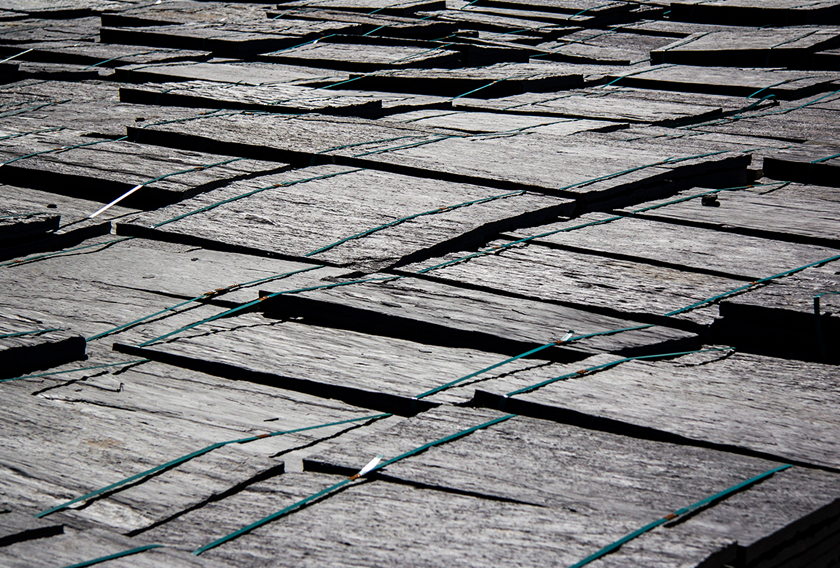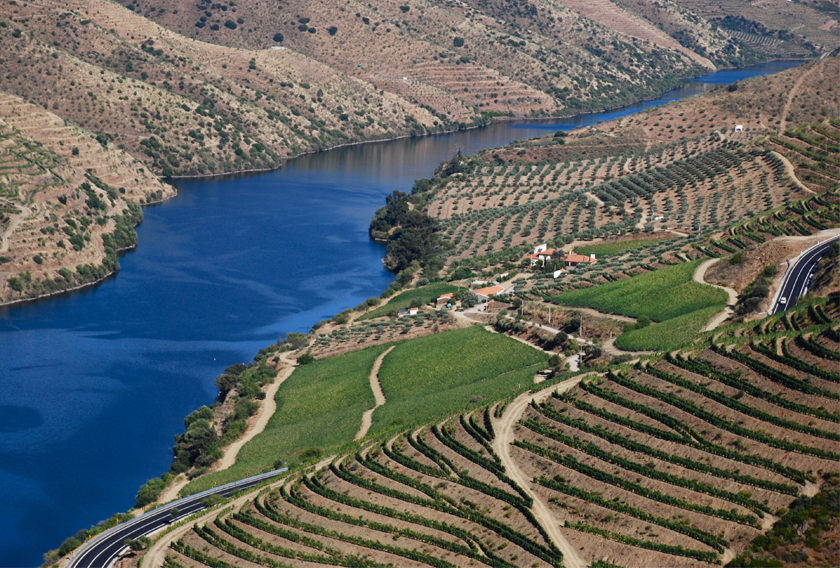Infercoa natural slate is extracted from a Portuguese quarry, near the Foz Côa Valley, considered the most important open air Palaeolithic rock art site. Listed as a World Heritage Site by Unesco since 1998, this rock art carved into the rugged stones of the Côa Valley has been dated back to around 25.000 years ago.
THE CÔA VALLEY ARCHAEOLOGICAL PARK

The rock engravings in Foz Côa represent a unique example of the first manifestations of human symbolic creation and of the beginnings of cultural development. It has been considered the greatest assembly of paleolithic open-air engravings known to present times. Furthermore, it constitutes a source for understanding Palaeolithic art.
In 1990, over 100 panels containing 5,000 animal engraved rock drawings were discovered in Foz Côa, during the construction of a dam in the valley of the Côa river. In 1996, the Côa Valley Archaeological Park has been created in order to recognise the cultural and scientific interest of this rock-art manifestations. They represent horses, goats, aurochs or armed hunters, carved into slate surfaces, a sample of social, economic, and spiritual life of our early ancestors.
From the deep valleys of Foz Côa, emerges the strongness and hardness of Infercoa natural slate, which extraction is the main industrial and economic activity in the region.
INFERCOA QUARRY

Near Foz Côa valley, CUPA STONE operates Infercoa quarry. This natural slate is a sedimentary rock with a characteristic rugged and natural finish. This stone, formed 500 million years ago, is a great support for the local economy of Foz Côa. Initially, the natural stone extracted from this quarry was used for vineyards in the Upper Douro.

Nowadays, the natural properties of Infercoa slate -high resistance, low absorption, porosity and hardness- made it suitable for cladding or flooring interior and exterior surfaces as well as road paving, fountains, columns, monoliths or paths.
For further information, check CUPA STONE website.






